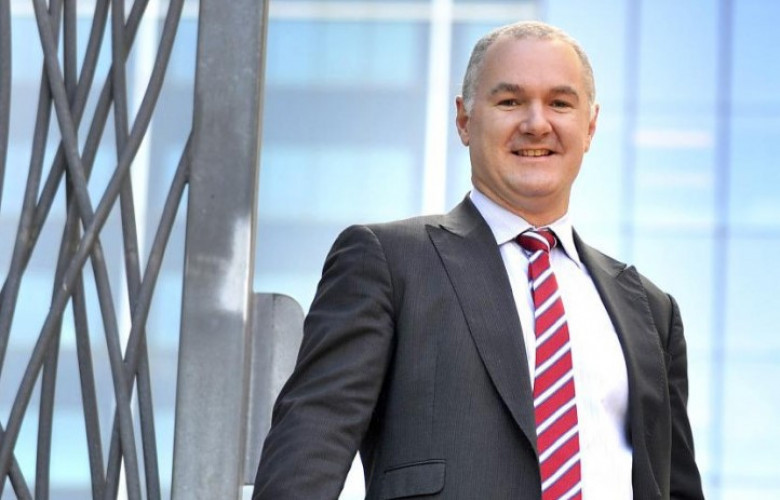No reprieve for home builders as construction costs continue rising
Contact
No reprieve for home builders as construction costs continue rising
CoreLogic’s Cordell Construction Cost Index (CCCI) for Q2 2022 showed national residential construction costs increased 10.0% over the 12 months to June 2022, the highest annual growth rate on record outside of the introduction of the GST (10.2% over the year to March 2001).
CoreLogic’s Cordell Construction Cost Index (CCCI) for Q2 2022 showed national residential construction costs increased 10.0% over the 12 months to June 2022, the highest annual growth rate on record outside of the introduction of the GST (10.2% over the year to March 2001).
The CCCI quarterly indexed growth rate of 2.4% is a repeat of the figures recorded in the first quarter of 2022, more than double Q4 2021 (1.1%) but below the 3.8% surge over the three months to September 2021 when lockdowns were having a more significant impact on domestic supply chains.
CoreLogic Construction Cost Estimation Manager, John Bennett, said Cordell figures show the cost of metal, structural steel, reinforcing, fixings and fencing are under pressure, adding to rising prices across timber products.
He said the surge in construction costs remained broad based, with the quarterly index change ranging from 2.2% in South Australia to 2.5% in NSW and Victoria. Queensland and Western Australia both recorded a 2.3% increase in construction costs over the three months to June, slightly lower than the national growth rate.
“Suppliers are frequently mentioning the impact of rising fuel, freight and electricity costs on their bottom line and these are significant additional challenges being faced by the industry,” he said.
“It is important to note these factors only add to other pressures that have impacted the residential construction industry for 18 months now, such as labour availability and overheads. A shortage of labour and materials means a delay in completion times, which leaves builders vulnerable to market changes and holding costs.”
CoreLogic Research Director Tim Lawless said the double-digit annual increase in construction costs had been expected with the impact playing out across several states this year.
“Construction cost growth is an additional concern to an industry already under immense workload pressures as well as economic conditions such as rising interest rates and inflationary pressures,” Mr Lawless said.
“Construction costs have increased more than 25% over the past five years, which has a knock on effect to builders’ margins, budget blowouts for customers not on fixed price contracts and home owners waiting for their projects to finish or even start in many cases. It’s also impacting the insurance industry, as home owners struggle to reassess existing policies to make sure they are adequately covered in the event they need to make a claim.”
Mr Lawless said the short to medium-term outlook for the construction industry remained challenging with ongoing labour shortages and supply issues.
“The pipeline of construction approved during COVID is still being worked through and there’s been a number of major weather events as recently as this month, which require significant rebuild and repair work. This all adds additional demand-side pressure for construction materials and trades,” he said.
“There’s also no reprieve on the supply side either with a lack of materials, elevated fuel costs and broader inflationary pressures. All of these factors have an impact and are likely to push building costs higher for some time yet.”
Key findings by state – Q2 2022 CCCI Report
- NSW’s 2.5% rise in construction costs over the three months to June 2022 was its second largest quarterly increase in more than a decade. Annually costs have increased 10.1%.
- Victoria’s CCCI recorded a 2.5% increase in construction costs over the June quarter, up from 2.4% over the March quarter.
- Queensland saw construction costs rise by 2.3% over the June 2022 quarter, similar to the previous quarter (2.2%), and slightly less than the national quarterly growth rate of 2.4%.
- Western Australia has recorded the second highest annual increase in construction costs, up 10.4% in the 12 months to June 2022. The quarterly increase of 2.3% was slightly lower than the national growth rate.
- South Australia has the highest annual increase in construction costs, up 10.5% and 2.2% over the three months to June 2022.
The CCCI report is a quarterly index measurement that tracks the rate of change of residential construction costs. The modelling covers ‘typical’ new residential builds most common among newly built Australian homes.
For more information visit www.corelogic.com.au/news-research/reports/cordell-construction-cost-index.





